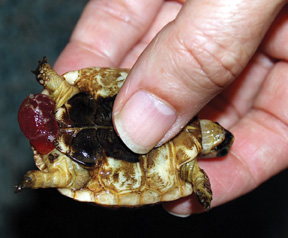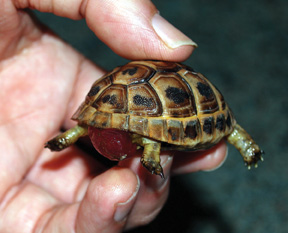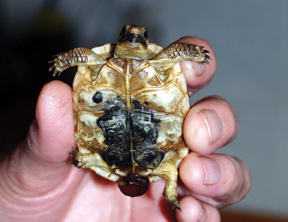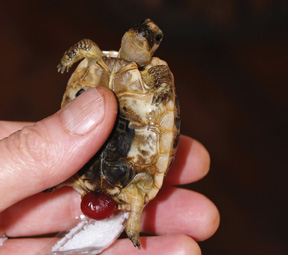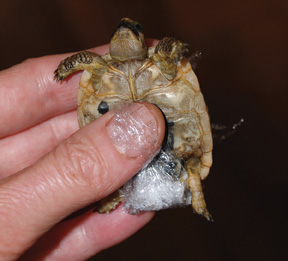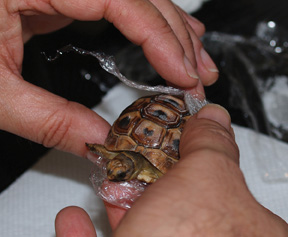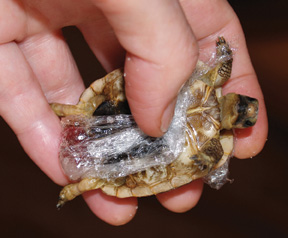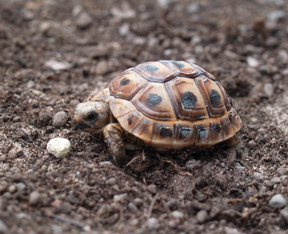M
Maggie Cummings
Guest
I've taken in a very deformed adult 3-toed box turtle. This morning he has a prolaspe. I've read all what ya'll have said, but I've never had one. He's in warm water now, the emergency Vet wants $95 to start, saying she knows nothing about turtles. I've tried the sugar. I've tried pushing it in gently, nothing works. What do I do?
